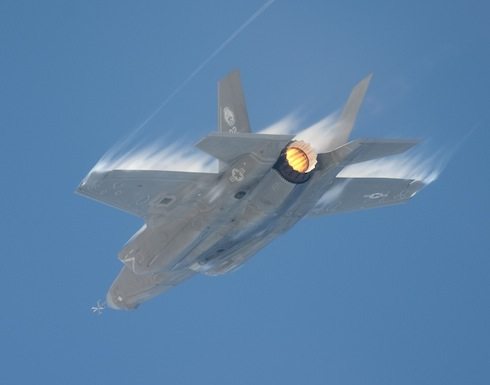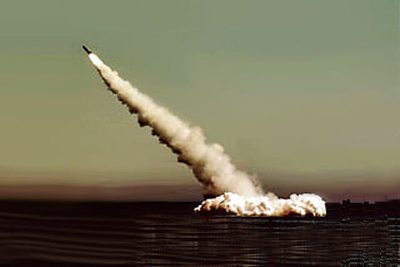Countries backing the Pentagon’s new F-35 fighter jet are anxious about the program’s spiraling costs and incessant delays, with some postponing or cutting investments as they wait to see if the aircraft lives up to its promise.
The United States touts the Joint Strike Fighter as a technological wonder that will slip past enemy radar and allow allied forces to keep operating in the skies alongside American warplanes.
In coming decades, “the JSF will become a linchpin for future coalition operations and will help to close a crucial capability gap that will enhance the strength of our security alliances,” according to the chiefs of the F-35 project.
Launched in 2001, an international consortium of eight countries was created to help defray the costs of the aircraft and to ensure a future export market upfront, instead of having to secure customers after the plane was produced.
But the F-35 has flown into political headwinds.
The program, heralded as the future backbone of the US air fleet, was supposed to offer a more frugal approach than previous weapons projects. But a spate of technical setbacks has caused delays in production, driving up the pricetag for the radar-evading aircraft.
The program’s costs have skyrocketed just as governments around the world are facing severe budget pressures and austerity measures.
In February, Italy reduced its planned purchase from 131 to 90 aircraft, as opponents promoted the slogan: “this plane would pay for 183 day care centers for 18,210 children.”
In the Netherlands, parliament adopted a motion in March demanding no more orders for F-35 fighters beyond the two planes already purchased.
An initial plan for 138 aircraft in Britain has been dropped without a firm number announced.
London also reversed itself last week and renewed a plan to buy the short take-off, vertical landing version of the plane, the F-35B, instead of the conventional model, the F-35C, which the government said was plagued by unacceptable costs and delays.
Britain, however, has put off a final decision on the number of aircraft to be purchased until a strategic review in 2015, according to Defense Minister Philip Hammond.
“But of course, if there is any slippage in the program, any reduction in the US numbers required could have impacts on availability and on unit costs,” Hammond said in January.
From Canberra to Copenhagen and Oslo, flight test results and soaring costs for the F-35 are coming under intense scrutiny and causing political fallout.
If the program fails to deliver, Tokyo “would have to look at either cancelling the contract or opting for another model,” Japanese Defense Minister Naoki Tanaka said. Japan and Israel are not part of the F-35’s international consortium, but have signed up as customers.
The Joint Strike Fighter has triggered bitter accusations from the opposition in Canada, where an auditor general’s report charged the government with misleading parliament about the real cost of the plane.
While the Canadian government said the program cost $9 billion, the auditor general concluded the true price was closer to $25 billion.
In response to the scathing report, Ottawa froze its purchasing budget for the plane at $9 billion and pledged to improve oversight of the project.
Norway and some other governments have opted to defer planned purchases amid doubts over whether such a sophisticated plane is necessary.
US officials, who face less political pressure over the plane than their counterparts abroad, hope they can avoid a worst-case scenario with global partners pulling out of the project, which could derail production plans and drive up the costs further.
Much will be riding on how the aircraft performs, and whether its sophisticated technology will deliver as advertised, experts say.
As other countries hedge their bets, the commercial future of the F-35 remains an open question, according to Richard Aboulafia, an aerospace analyst at the Teal Group.
After more than a decade, “there’s one largely firm international customer, Japan,” he told AFP.
Otherwise, there are about 20 to 25 test aircraft for other countries. “That’s it. In other words, this is still potential,” Aboulafia added.
Everything will hinge on the F-35’s price and capabilities. “If it’s there, this plane will sell,” Aboulafia said, adding, however, that “we still don’t know. That’s the biggest mystery.”











